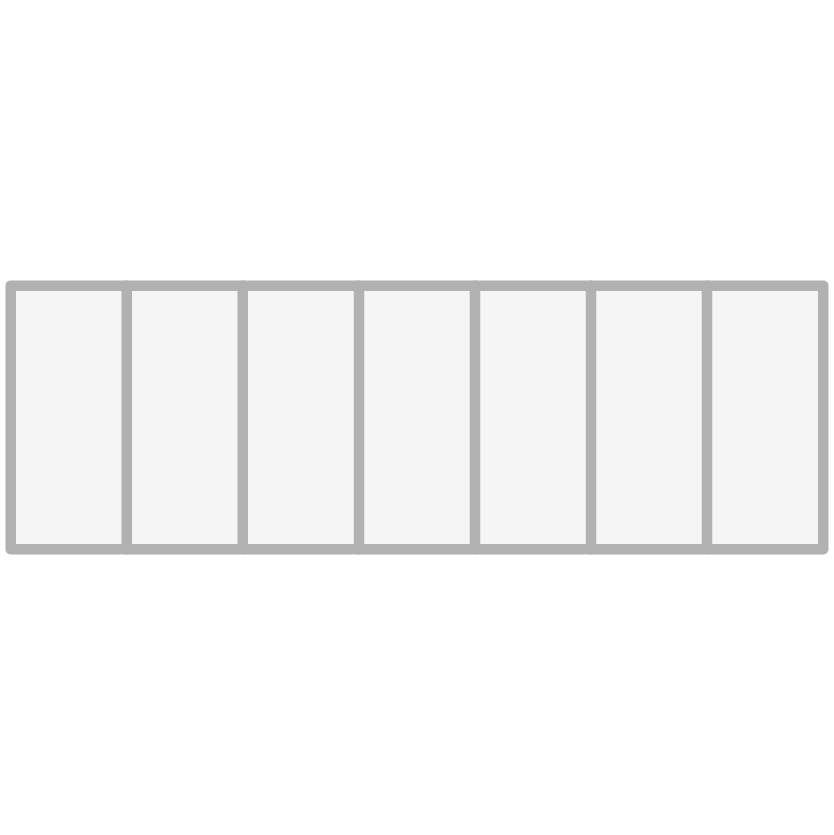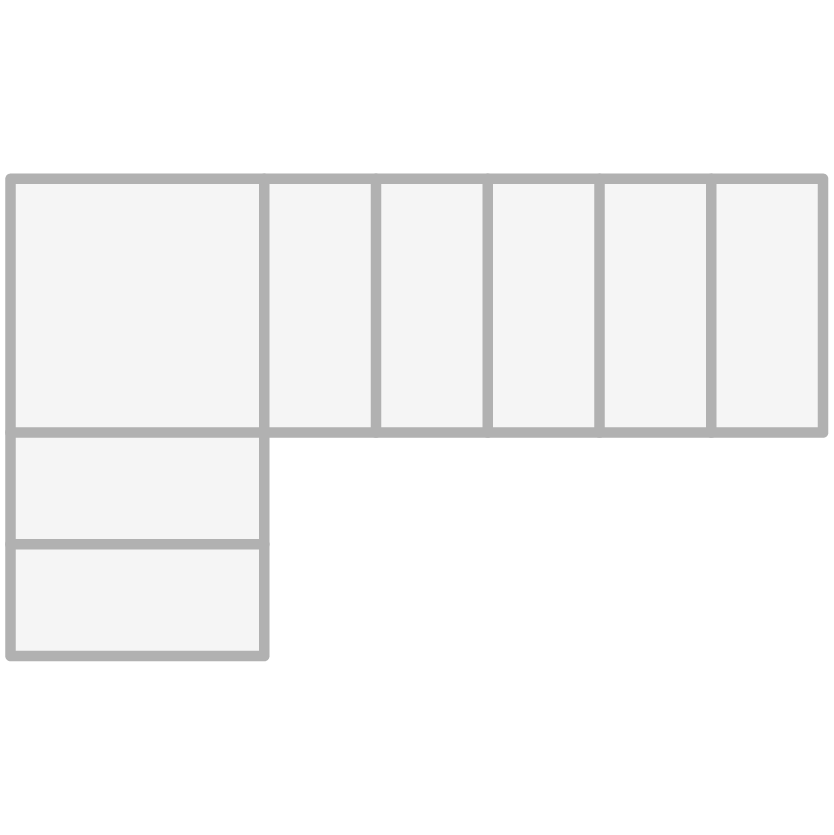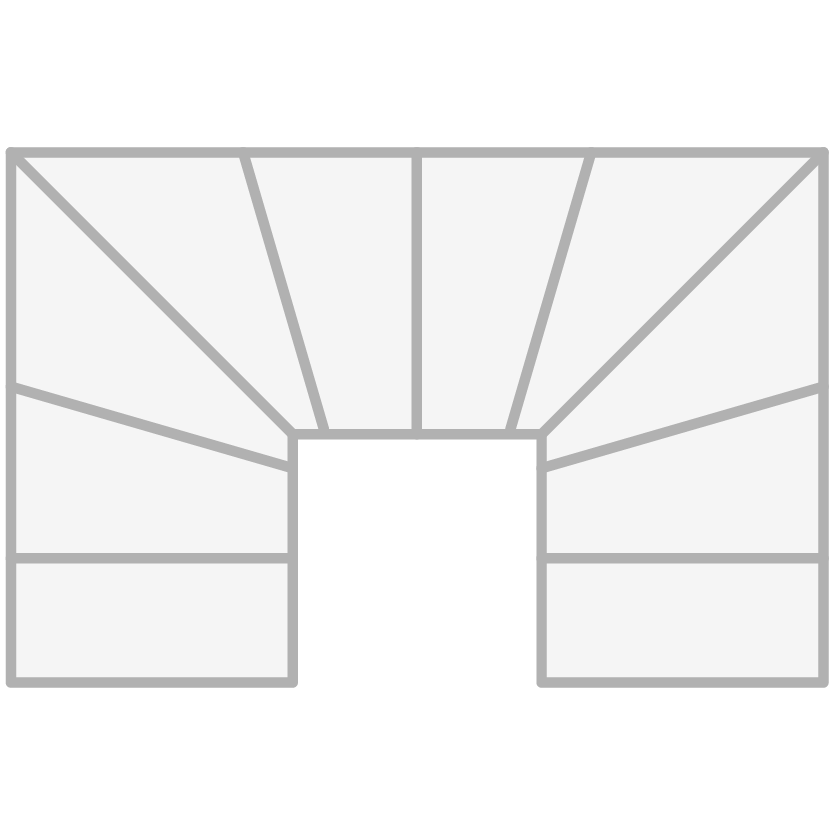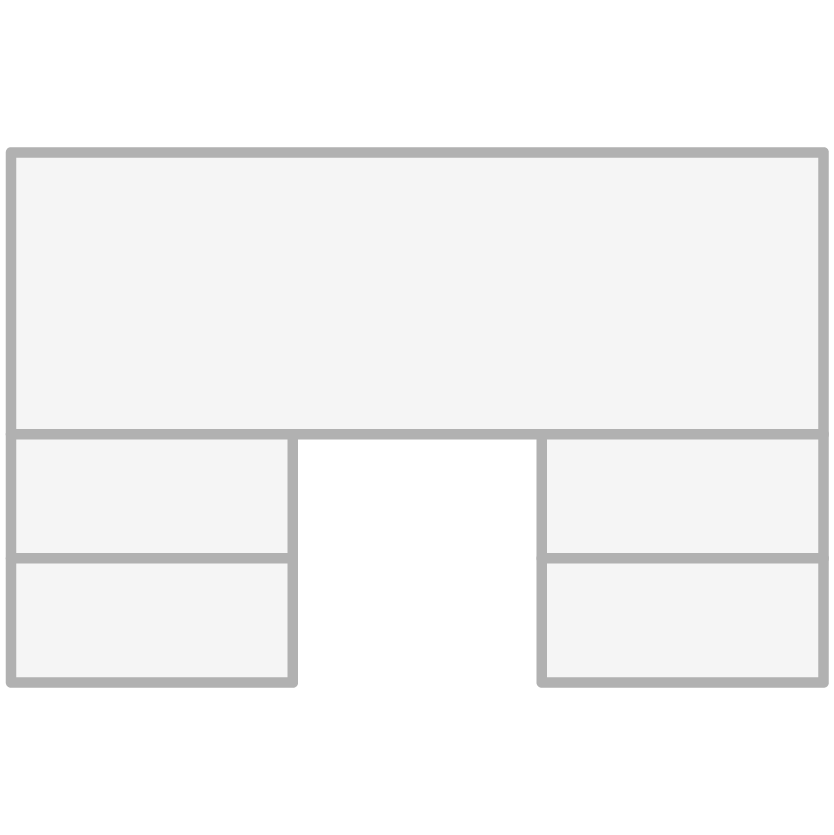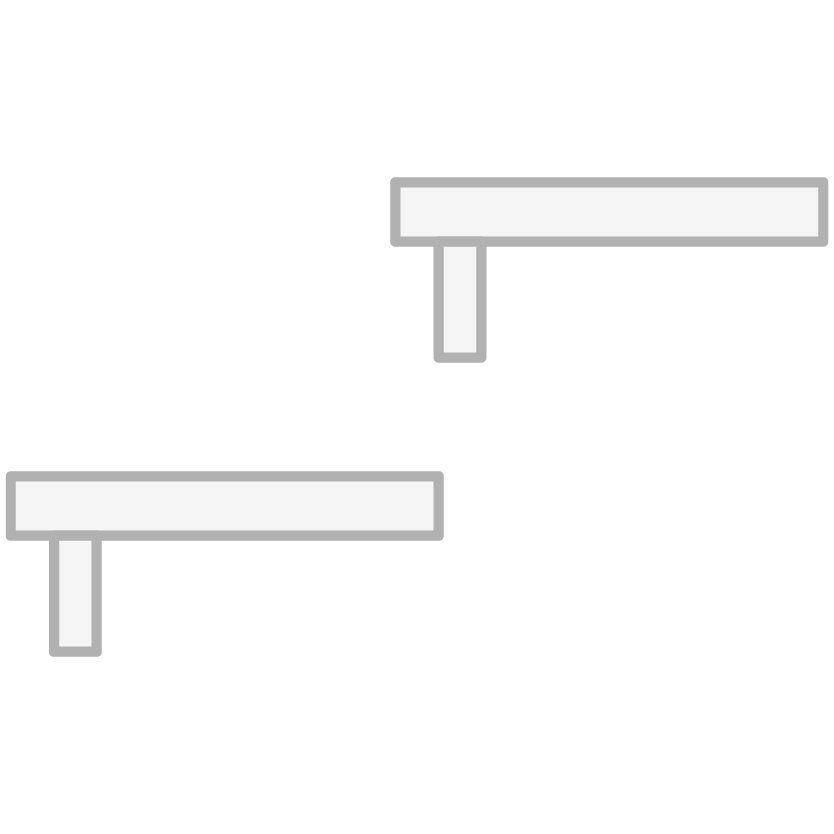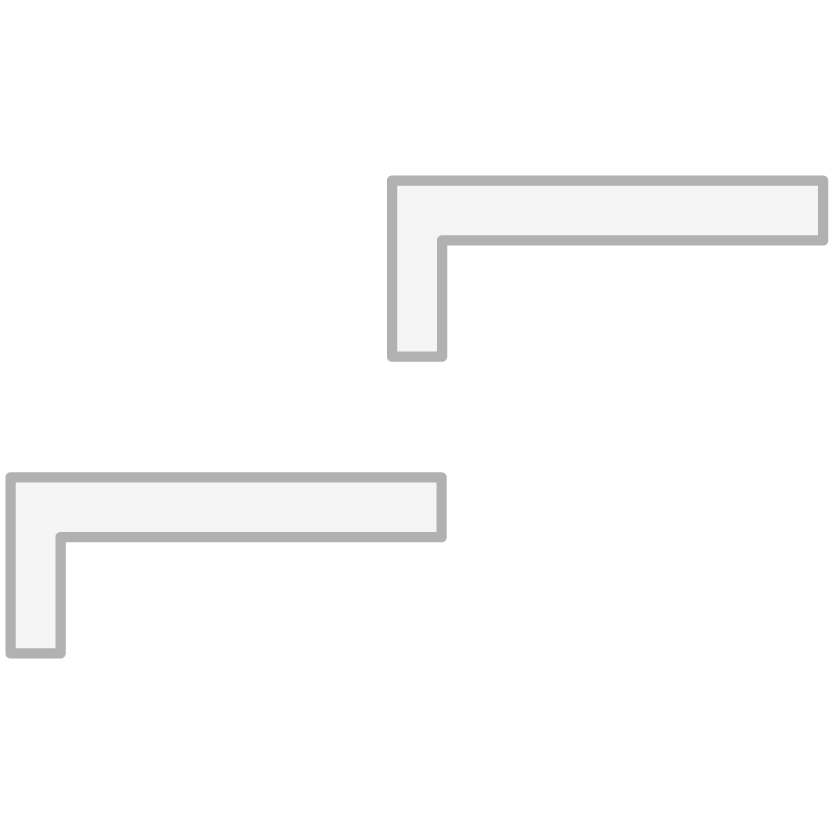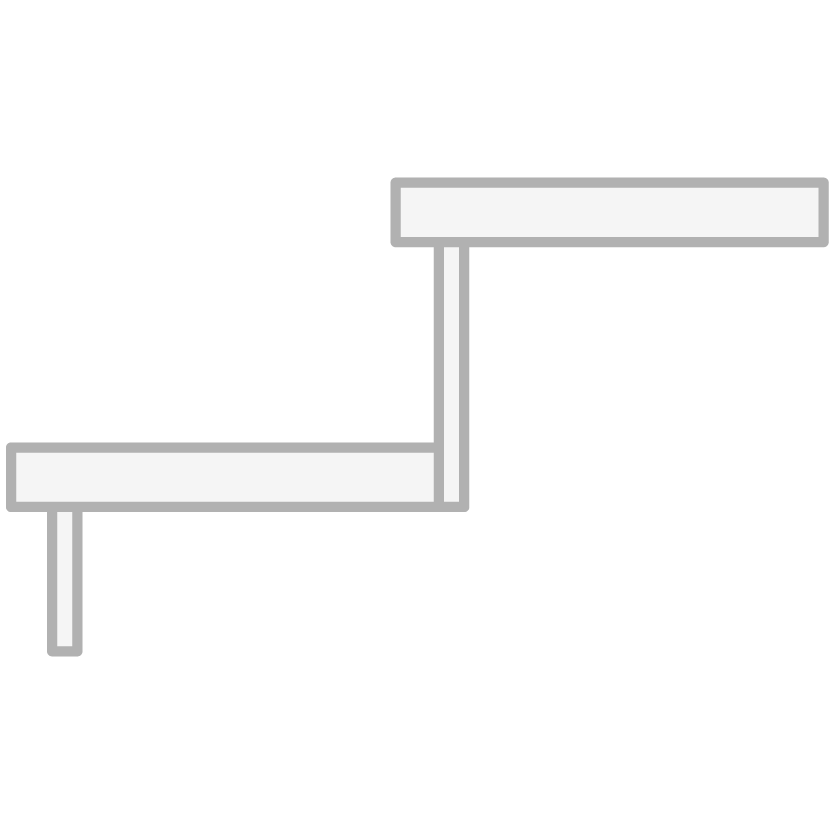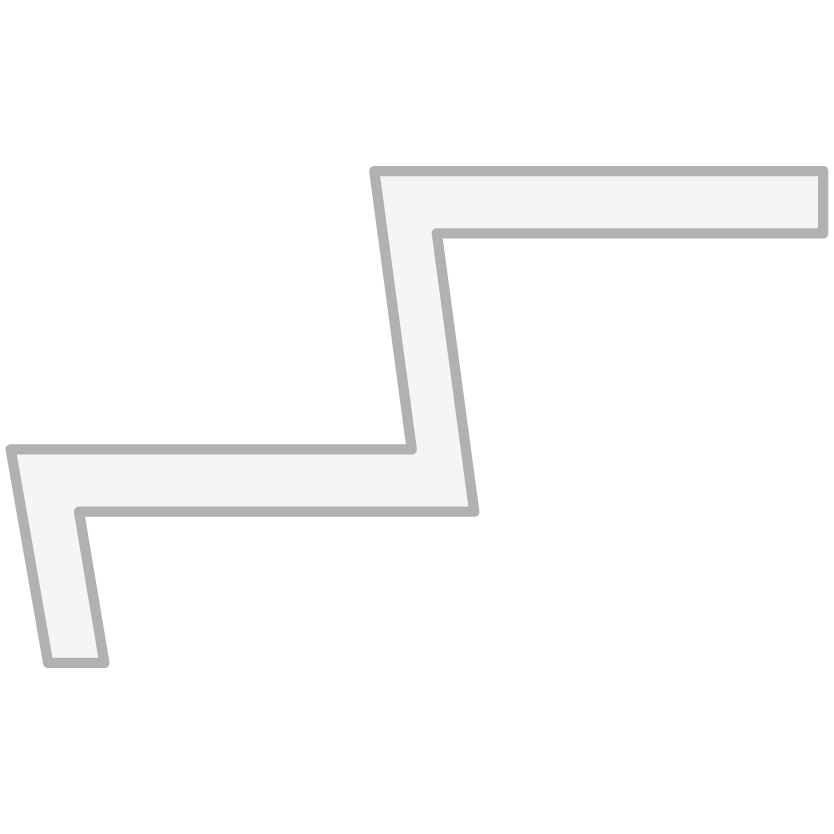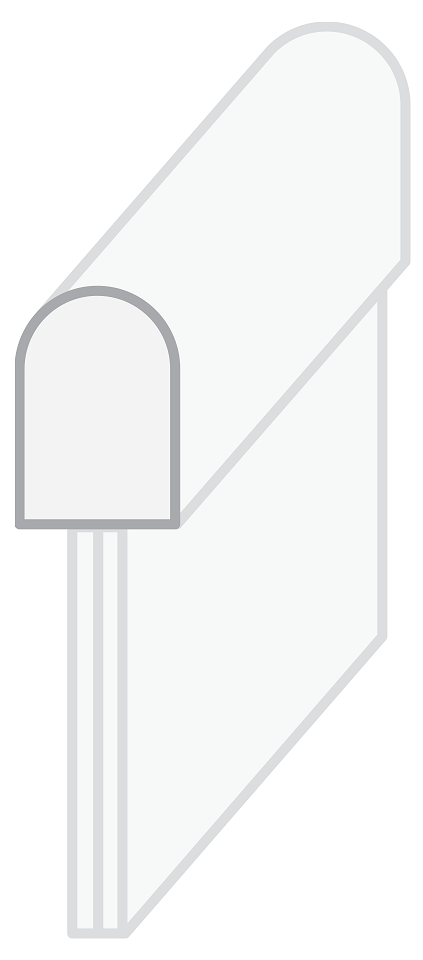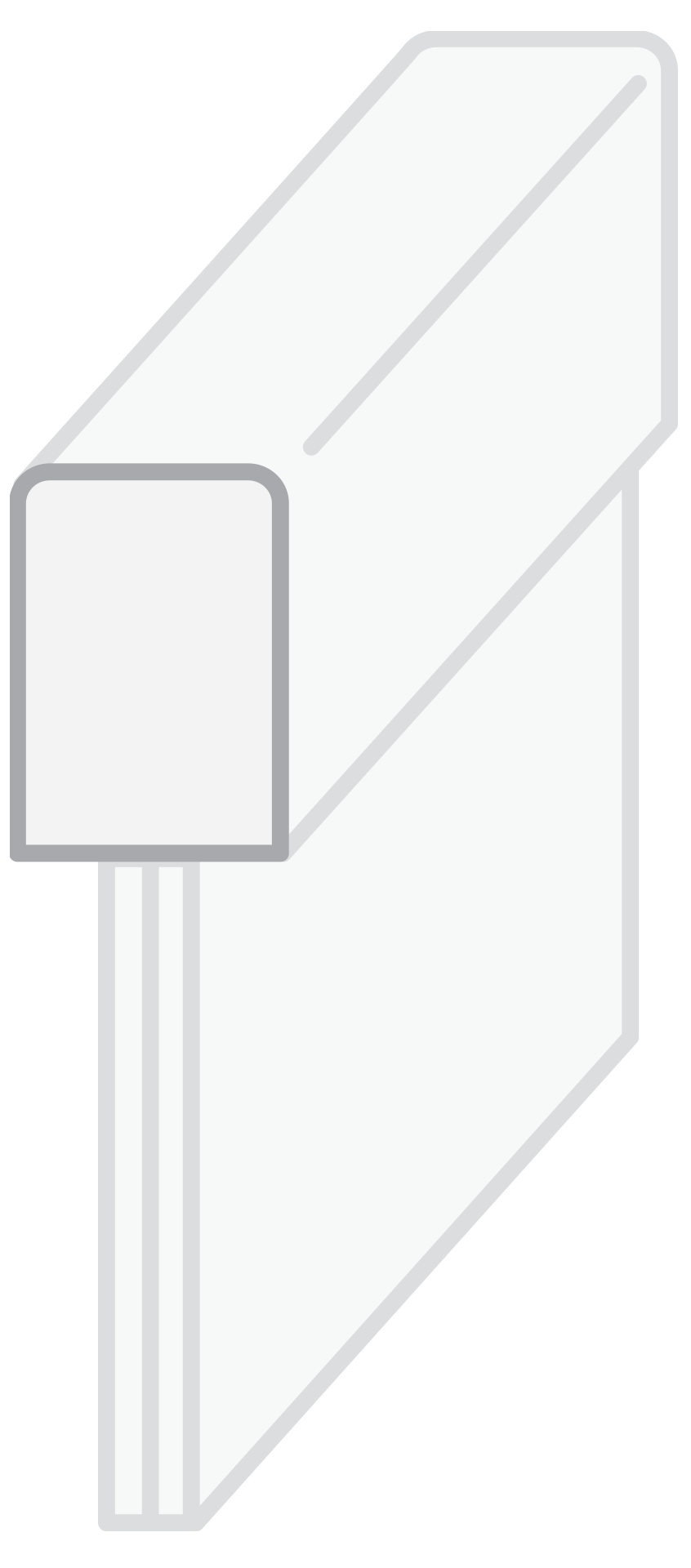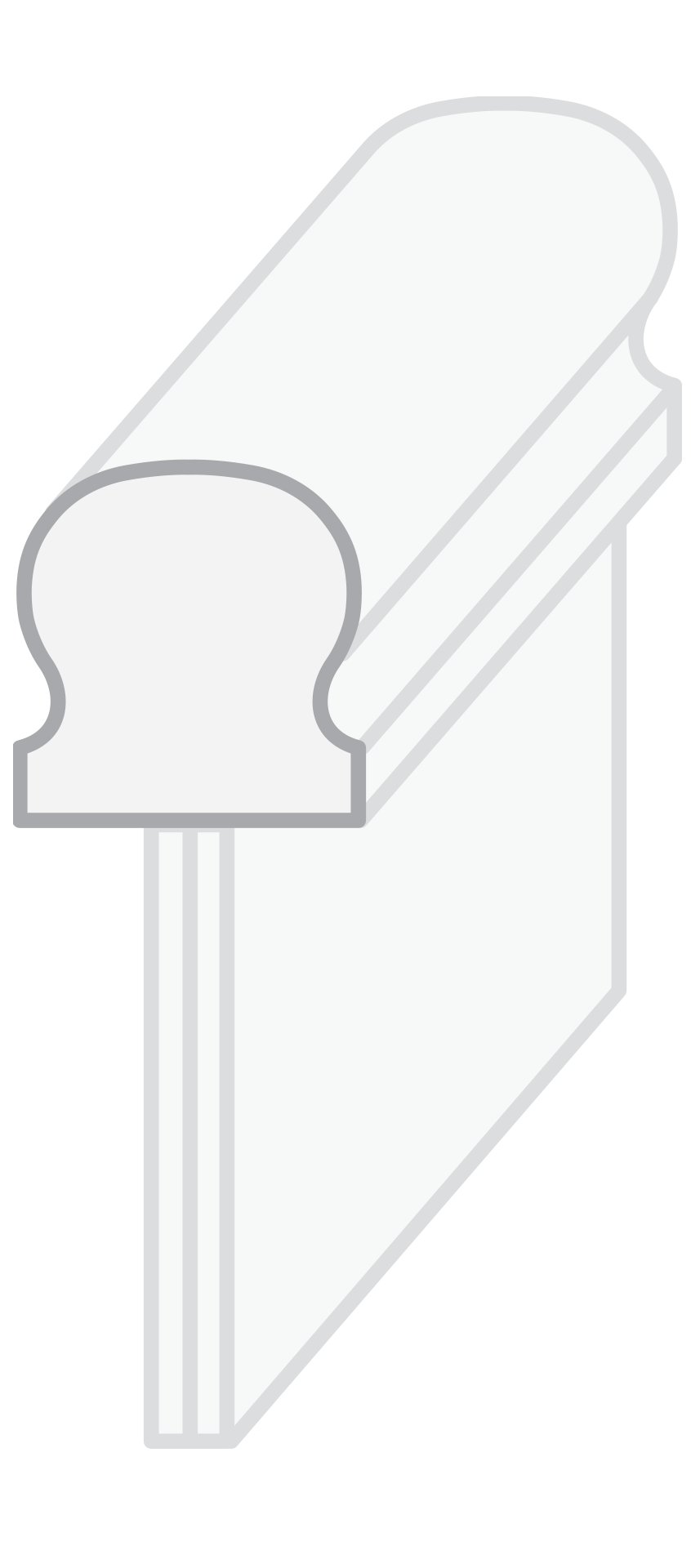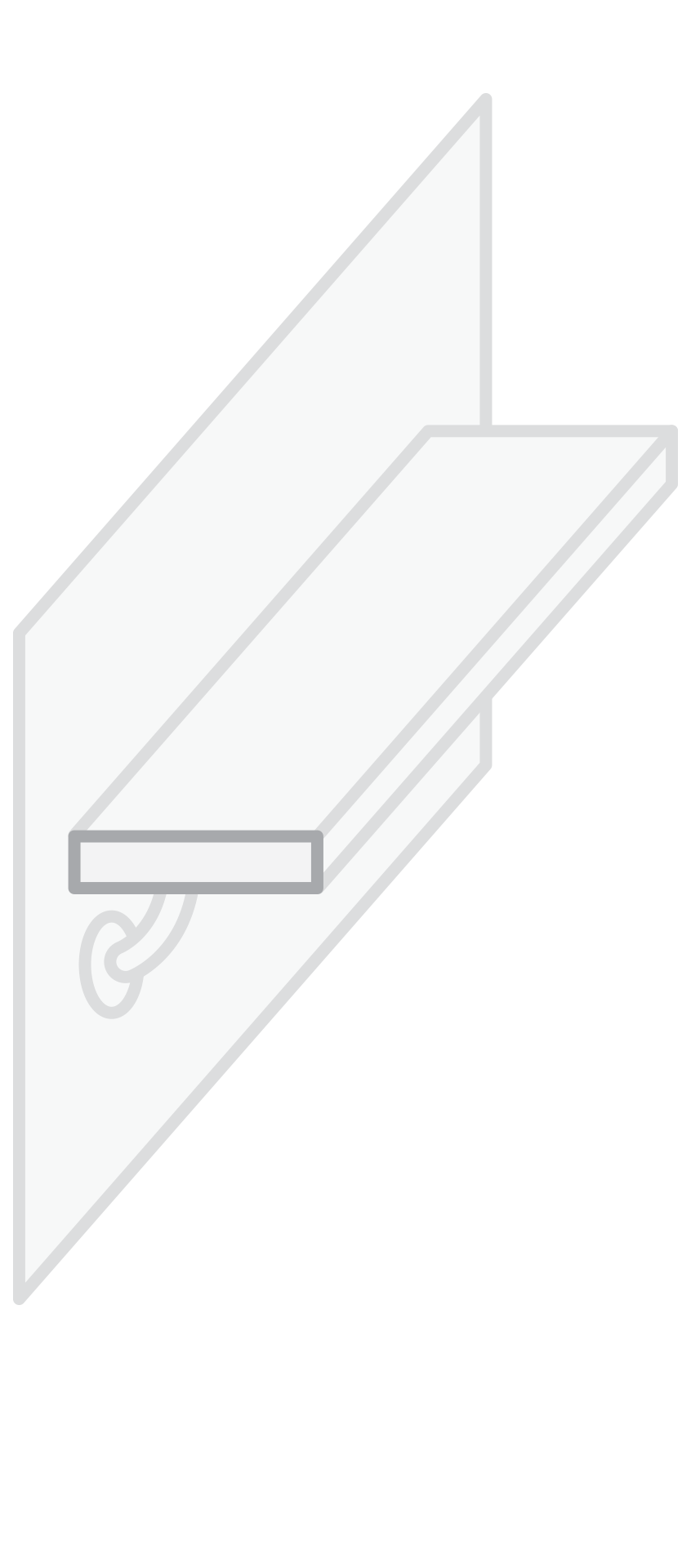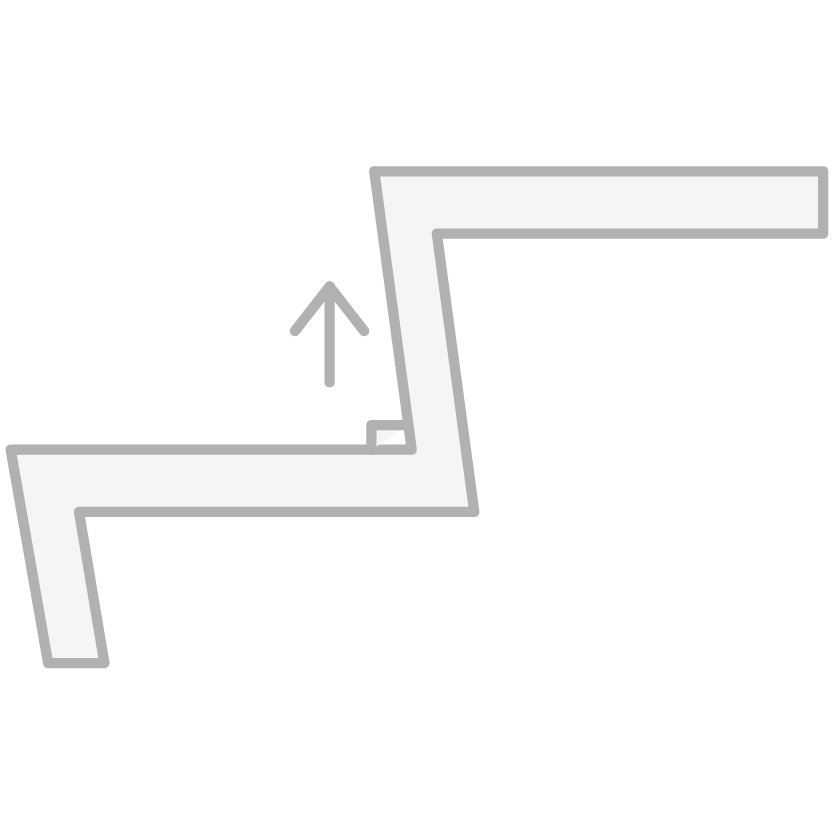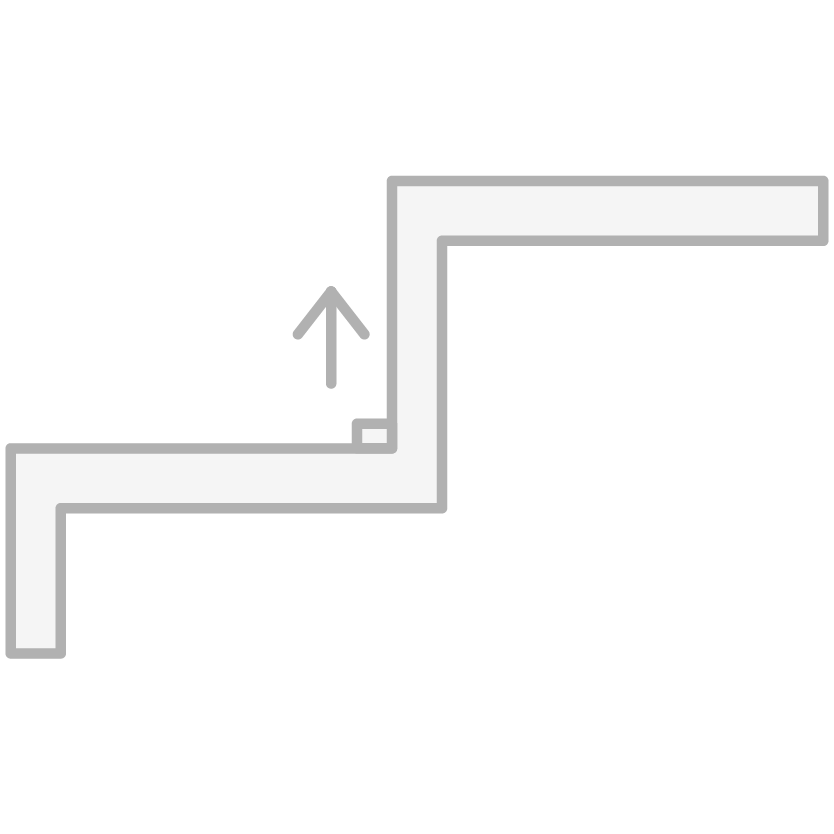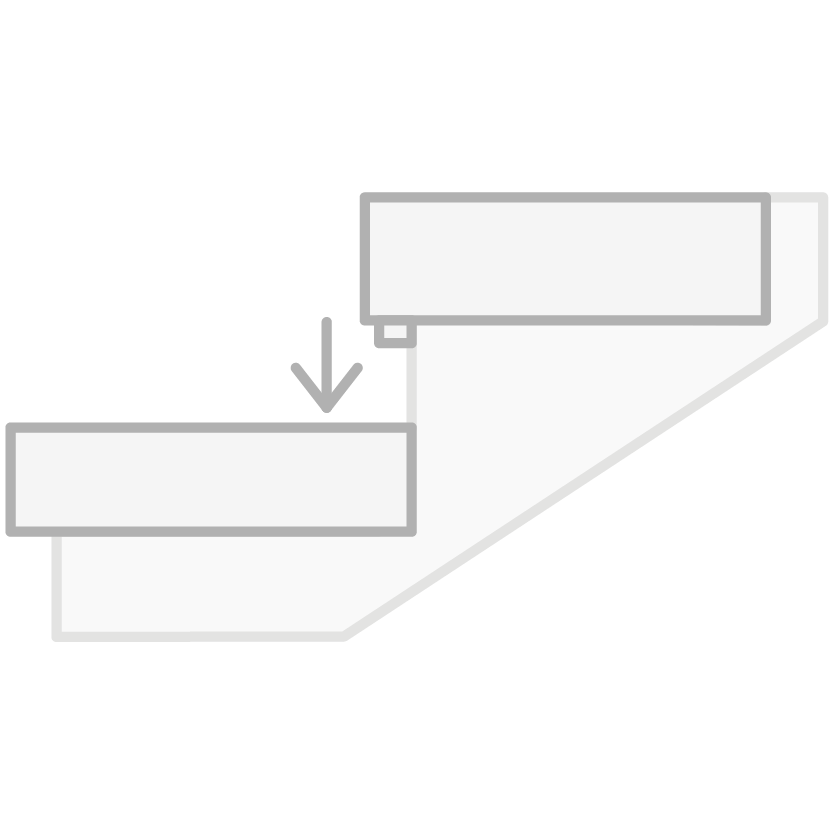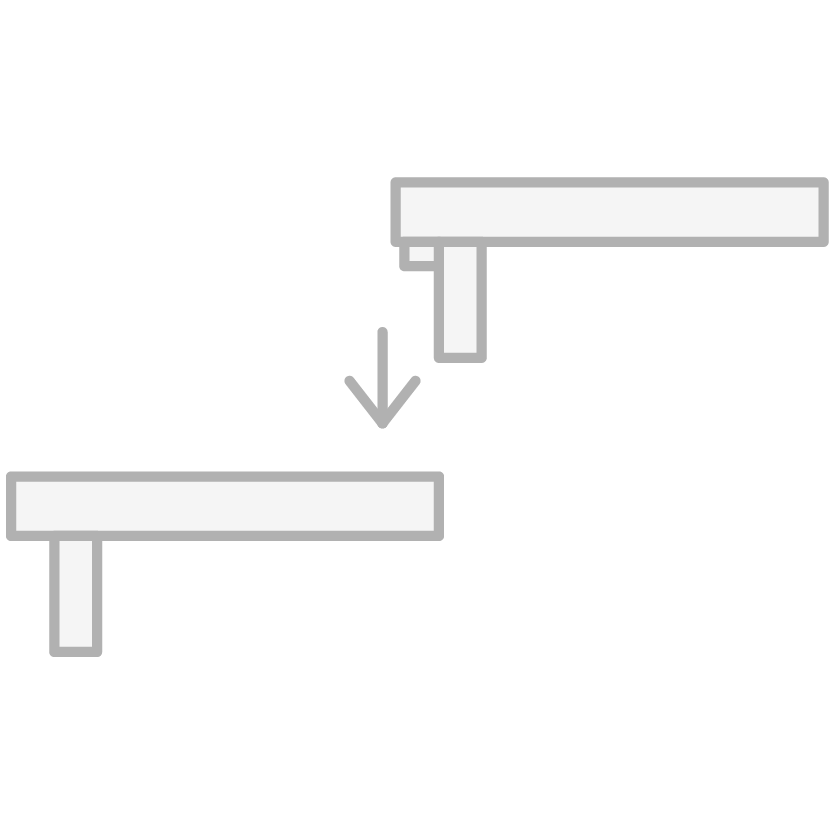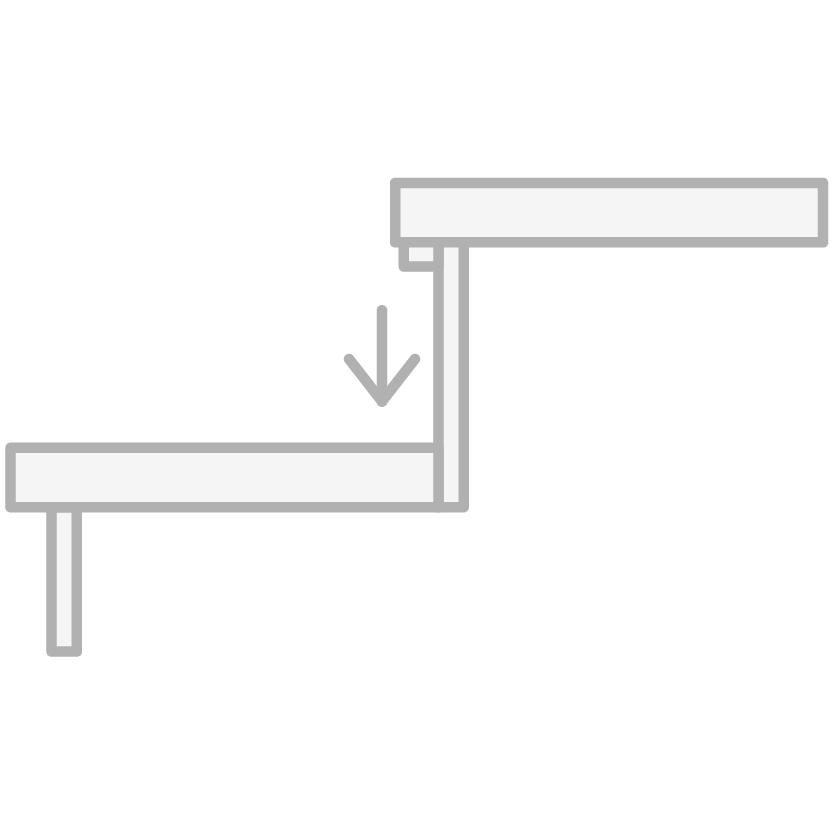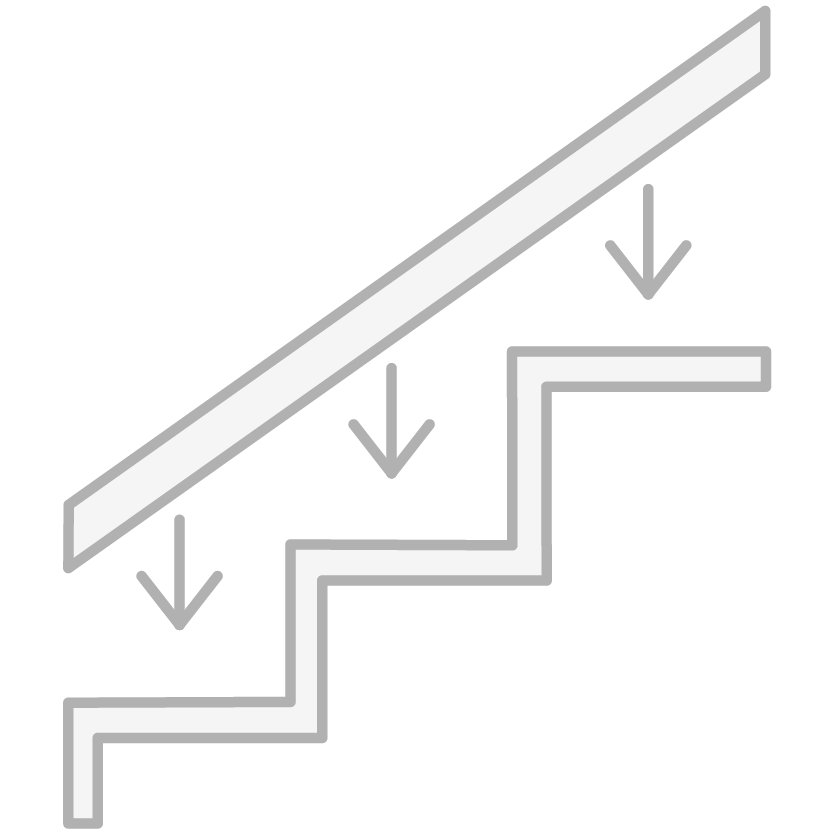STAIRSCASE
Description of options
We offer several options related to the various stair elements.
STAIRSCASE
Description of options
We offer several options related to the various stair elements.
SHAPES
Different types of staircases provide specific kinds of visual appeal and take up varying amounts of space in your home. When choosing the shape of the staircase, the following aspects should be taken into account: space availability, intensity of usage, convenience and safety.
I-SHAPE a straight staircase can be defined as a single, straight flight of stairs that connects two levels or floors in a building. The straight flight staircase is feasible only if there is enough space to join two levels by an imaginary straight line.
L-SHAPE a staircase that turns by 90 degrees either in the middle or closer to one end or the other. The landing is substituted by “pie-shaped” steps. Since there is no intermediate landing, L-shape stairs are used when the space is not sufficient for a staircase with a landing. Such stairs are more visually appealing, tend to take up less space and can be used in the corner of a room.
L-SHAPE WITH LANDING. these staircases can be defined as two mutually perpendicular flights of stairs that are connected by a landing in between and turning by 90 degrees either in the middle or closer to one end or the other. Such stairs are more visually appealing and can be used in the corner of a room. They are also easier to navigate due to the wider landing that breaks up the flight of stairs.
U-SHAPE staircase that turns by 180 degrees, while the landing is substituted by “pie-shaped” steps. Since there is no intermediate landing, U-shape stairs are used when the space is not sufficient for staircases with landing. Such stairs are more visually appealing and also tend to take up less space.
U-SHAPE WITH LANDING. these staircases turn by 180 degrees and can be defined as two parallel flights of stairs connected by a landing in between. Easier to navigate due to the wider landing that breaks up the flight of stairs.
STEPS
This is a portion of a stair which is comprised of the tread and riser, and permits ascending or descending one floor to another. Tread is a top horizontal part of a step on which foot is placed. Riser is a vertical part between two treads. Riser provides a support to the treads and ensures safety requirements. The usual thickness of treads is 39mm and the space between treads no less than 10mm in accordance with safety requirements. It is possible to have 80mm thickness treads without any additional riser or safety riser but to use this type of step, the rise should be maximum 180mm.
SR39 – This type of step has a safety riser which is usually 40-80 mm height and 30 mm from step front. From step side edges – 50mm. Such steps shall be used for open treads style staircases to ensure safety requirements. Usually closed style string is recommended to use with such type of steps to cover different tread and riser dimensions from the sides.
SR39L – This type of step has L shape safety risers which are usually 40-80 mm height and 39mm thickness (the same as tread height). This type of step is used for open treads style staircase to ensure regulation in relation to safety. This is also a more exclusive option, as the steps look like massive 80mm steps in the front.
R14 – This type of step has a riser which covers all space between treads. Thickness of the riser is 14mm, 30 mm from step front. Such steps are used in closed staircase solutions. Typically, closed bars are used for such steps to hide visible inequalities in the thickness of the steps and stumps from the side.
R39 – This type of step has a riser which covers all space between treads. Width of this type of riser is 39mm (the same as tread height). This type of step is used for closed treads style staircase usually with open cut style string. Tread and riser dimensions are the same, therefore the sides of the staircases can be open.
R39Z – This type of step has a riser which cover all space between treads. The thickness of this type of riser is 39 mm. The riser goes approximately from 7-14o degrees by making a Z-shape if you look from the side. Both closed and open type string can be used for this solution.
80mm – These steps are massive and wooden, with a thickness is 80mm, i.e. two times thicker than usual steps. This type of steps are used for very exclusive staircase projects and can only be used when there is sufficient room space, as these steps require extra flexibility.
HANDRAILS
We offer 5 different models wooden handrails. Also some models of metal handrails.
LED LIGHTS
Based on the type of steps on each model we can propose LED lights to illuminate steps from top or bottom of the step. Also there is the option to set LED lights in wooden handrails. Colours: warm white and neutral white.
LED LIGHTS FROM BOTTOM – this type of LED is designed to be compatible for use only with R39 or Z type steps. The strip bar is integrated on the upper side of the step, close to the step. We do not recommend having the LED bar length in the entire width of the step as it can create an uncomfortable dazzling light when walking on the stairs.
LED LIGHTS FROM TOP – due to design this type of LED is designed to be compatible for use only with SR39, R14 or 80mm type steps. The LED bar is milled on the bottom of falling out part of tread. We do not recommend having the LED bar length along the full length or the entire width of the step as it can create an uncomfortable dazzling light when walking on the stairs.
LED LIGHTS IN WALL HANDRAIL – this type of LED is most compatible with wooden handrails with minimum size of 40x60mm. Handrails can be illuminated by LED lights in almost all cases where an appropriate electricity connection is installed.

